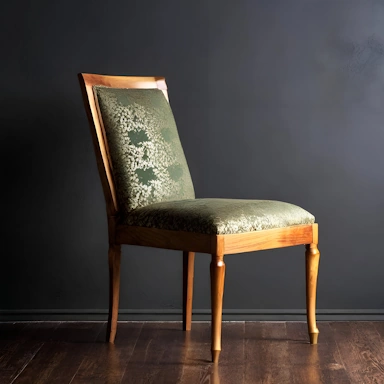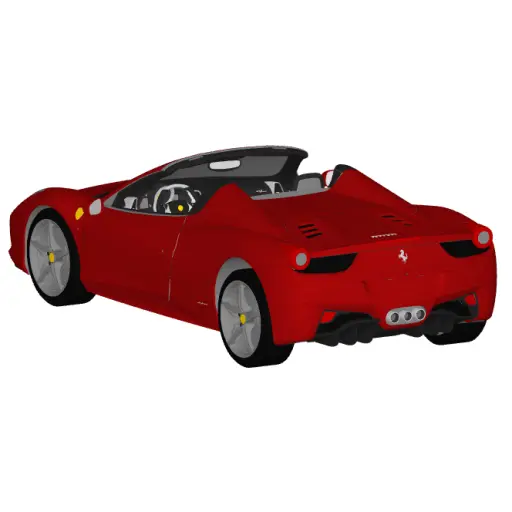A Comparison of OBJ and GLB File Formats
Here we will look at both the OBJ and GLB file formats and compare their features to try to work out what format is best to use for a specific situation. Before we begin, if you are not familiar with 3D modeling and the terminology behind it, we thoroughly recommend this great article that explains 3D modeling concepts and the terminology that goes with it.
Structure
To get going, we will look at how both formats store 3D model data. Firstly, the OBJ format is a plain text format containing the elements that make up a 3D object, these elements being the vertices, normals, faces, and materials. The GLB format, however, stores this information in a more compact binary format.
As the OBJ format is plain text, these files can be manually edited, though in reality, the size of most OBJ files makes manual editing impractical. The simple format also makes them relatively straightforward to support within 3D modeling applications.
Supported Material
Both OBJ and GLB files support model materials, whether they be plain color materials or textured materials; both types are supported. With an OBJ, the materials are stored in a separate material (MTL) file. Any textures referenced within the MTL file are stored as separate files.
With the GLB format, materials and textures are integral to the file format and are stored within the main file along with the other 3D model data. Both formats support ambient, diffuse, and specular colors and textures in addition to bump maps.
A textured 3D model of Earth
A textured chair stored in OBJ format
A 3D model of a golden dragon in GLB format
Editing
The OBJ format has been around for longer than the GLB format and enjoys slightly more support amongst 3D editing applications; however, the GLB format has gained traction in recent years and is a popular option for importing into many 3D applications. The same applications may also support exporting to the GLB format.
File Size
The OBJ format, as it is a text-based format, tends to lead to larger files than the equivalent model stored in the GLB format. As the GLB format is a binary format, any additional texture files can also be included in the same file package, whereas for OBJ files, these will be separate files. For OBJ files, we have a tool to compress the 3D data within an OBJ file to help reduce the size without losing any detail in your 3D model.
Summary
As both the GLB format is a more modern format and supports animations, storing your models in the GLB format is most likely the best option; however, the OBJ format is still useful, especially if your 3D editing application does not support the GLB format.








